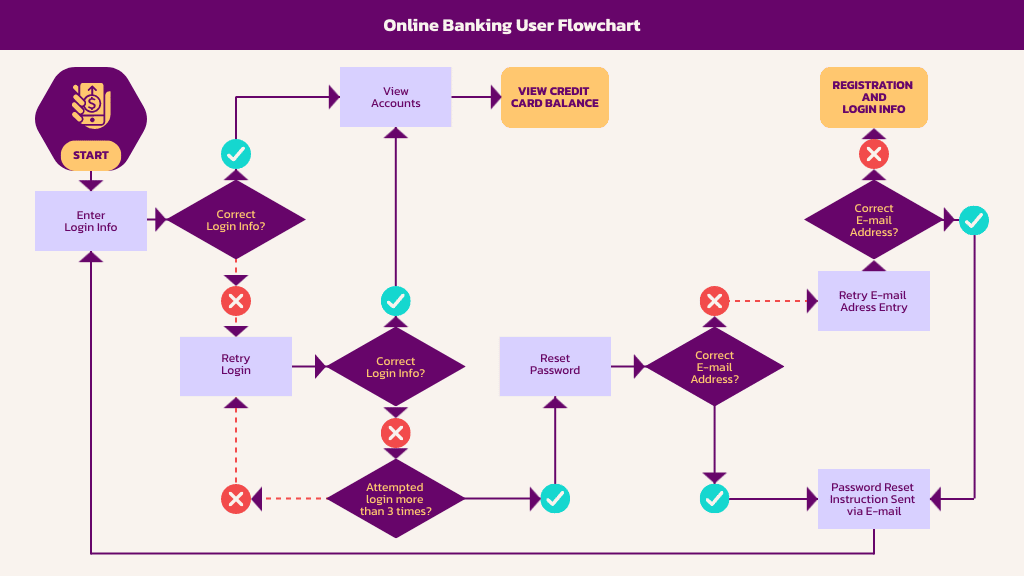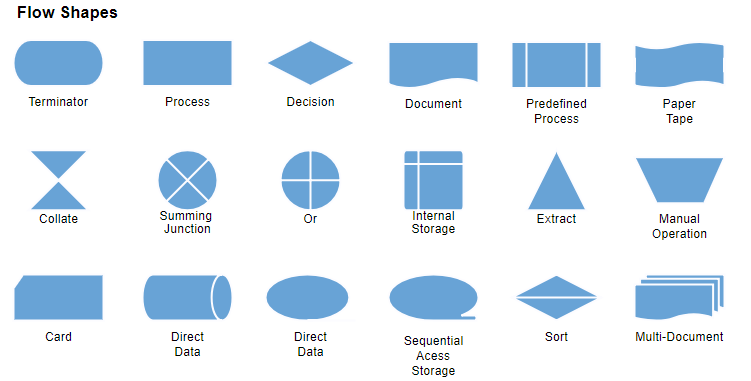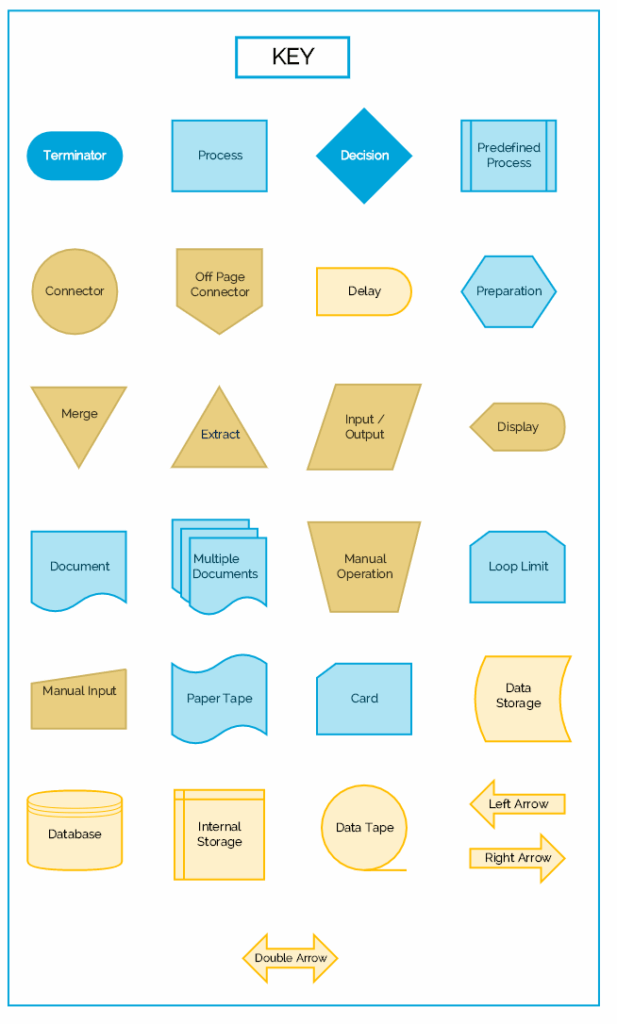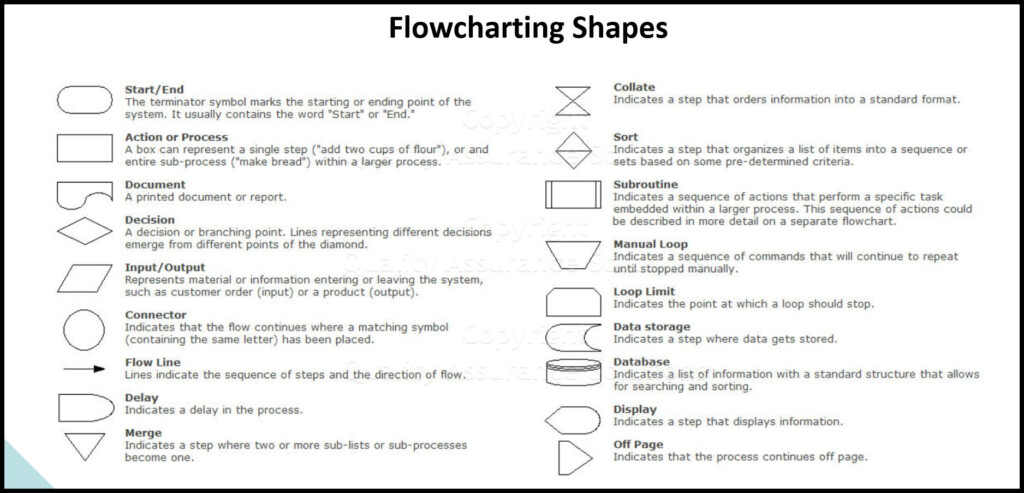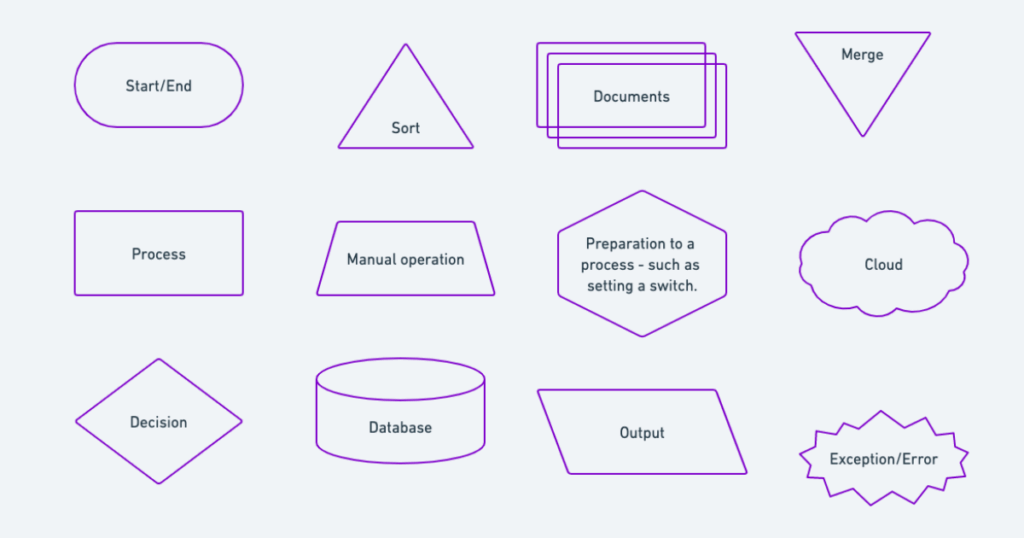Flow charts are powerful tools used to visually represent processes, systems, or workflows. They are commonly used in various industries to help streamline operations, identify bottlenecks, and improve efficiency. To create an effective flow chart, it’s essential to understand the different flow chart shapes and their meanings.
One key component of creating a flow chart is selecting the right shapes to represent different steps or actions within the process. Each shape in a flow chart has a specific meaning, making it easier for viewers to interpret the information presented. By using a flow chart shapes key, you can ensure consistency and clarity in your flow chart design.
Flow Chart Shapes Key
Common Flow Chart Shapes and Their Meanings
There are several common flow chart shapes that are used to represent different elements in a process. Here are some of the most commonly used flow chart shapes and their meanings:
1. Rectangle: The rectangle shape is used to represent a process or action within the flow chart. This shape is typically used to indicate a step that needs to be taken or a task that needs to be completed.
2. Diamond: The diamond shape is used to represent a decision point in the flow chart. This shape is typically used to indicate a point where the process branches off into different paths based on a specific condition or criteria.
3. Oval: The oval shape is used to represent the start or end point of a process in the flow chart. This shape is typically used to indicate the beginning or conclusion of the process being depicted.
By understanding the meanings of these common flow chart shapes, you can effectively communicate the information contained in your flow chart to viewers. Using a flow chart shapes key can help ensure that your flow chart is easy to understand and interpret, making it a valuable tool for process improvement and decision-making.
Conclusion
Flow charts are an essential tool for visualizing processes and workflows in a clear and concise manner. By using the right flow chart shapes and understanding their meanings, you can create effective flow charts that communicate information effectively. Remember to use a flow chart shapes key to maintain consistency and clarity in your flow chart design.
Whether you’re mapping out a new process or analyzing an existing workflow, flow charts can help you identify opportunities for improvement and streamline operations. By mastering the art of flow chart design and utilizing a flow chart shapes key, you can create powerful visual representations that drive efficiency and productivity in your organization.
Download Flow Chart Shapes Key
DIAGRAM Process Flow Diagram Shapes MYDIAGRAM ONLINE
Flow Chart Symbols Cheat Sheet Breezetree Flow Chart Process Flow Images
Flow Chart Rules For Shapes Free Word Template
Flow Chart Diagram Shapes Winforms Flowchart Diagram Howtodoes
